
Red Flag Species – Part 3
Red Flag Species
Part 3: Ecosystems
By Georgia Wingfield-Hayes
In the first two articles on red flag species we looked at plants that are perceived as a problem in pasture, such as docks and thistles; this was followed by looking at how livestock are affected by pest and disease such as ticks, liver fluke and New Forest Eye. We discussed how these problems might be understood as indicators of how the ecosystem is out of balance. Rather than attacking these red flag species head-on, we can use them to see the lack of complexity in the ecosystem. Through a change of management we can ramp up nature’s dynamic networks, increasing soil health and biodiversity, so that problems are no longer able to manifest acutely.
In this third article we will look at red flag species from a much broader perspective. Wilderculture straddles the camps of rewilding and regenerative agriculture, because we believe the marriage of these two ideas creates the best results for all. With regenerative farming techniques we produce highly nutritious food, while restoring biodiverse landscapes and the health of all life. This contributes to the amelioration of floods, droughts and helps sequester carbon into soils. This approach also means that people remain engaged with nature rather than retreating further from her.
We are going to look at this broad ecosystem perspective through the lens of two red flag species. First we will look at tree diseases, and in particular Ash dieback. Then we will look at cross-species diseases, in particular the skin parasite Mange which is found in around 100 different domestic and wild species of mammals including humans. These red flag species will help us gain a better understanding of the nature of complexity.
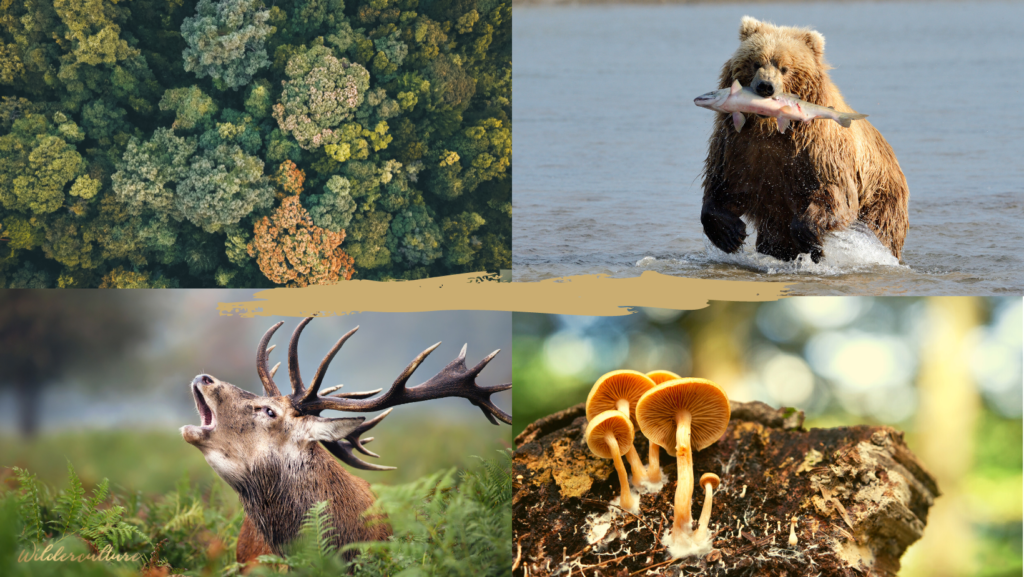
Tree diseases – Ash dieback
Hymenoscyphus fraxineus is an airborne fungus that causes this heartbreaking disease, which is especially notable in areas of the country like Cumbria where ancient Ash Trees are a special feature of the landscape, and our most important large canopy tree alongside the Oak.
Ash dieback comes from Asia, where the Manchurian Ash (Fraxinus mandshurica) and the Chinese Ash (Fraxinus chinensis), are its host species to which it causes little damage. This is despite it being described as a ‘fatal’ disease here in Europe.
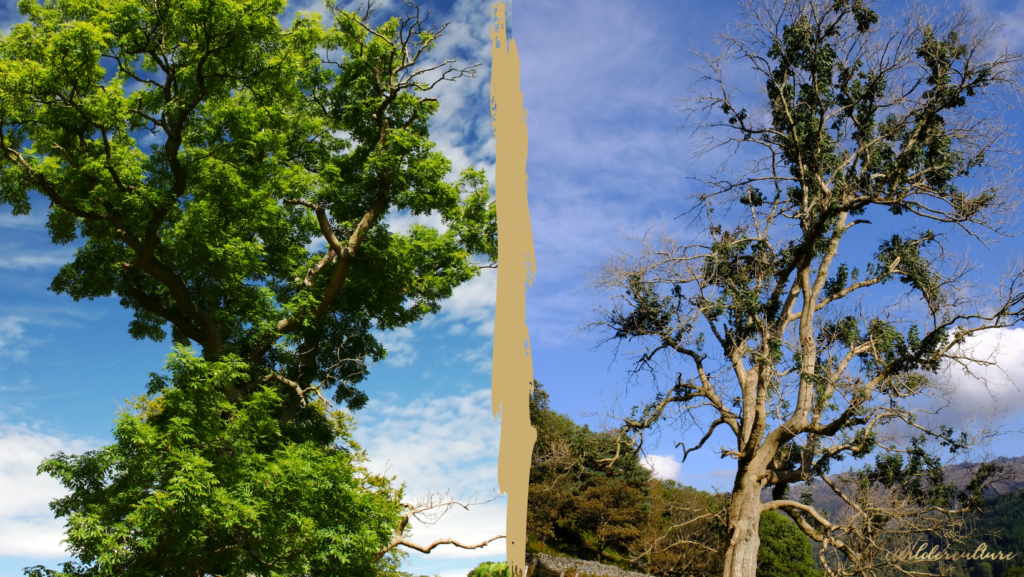
Why is it that our European Ash (Fraxinus excelsior) is being devastated by the disease yet the host trees remain little affected? Well, as we all know from the covid pandemic, diseases that an organism has not been exposed to before are a new experience for the immune system, which has to learn to defend against any pathogen. The Asia Ash species have had millennia to do this.
The current regime of removing all infected trees in Britain, while understandable as an attempt to contain the disease, is also denying Ash trees the chance to develop a suitable immune response and throw up more resistance genetics.
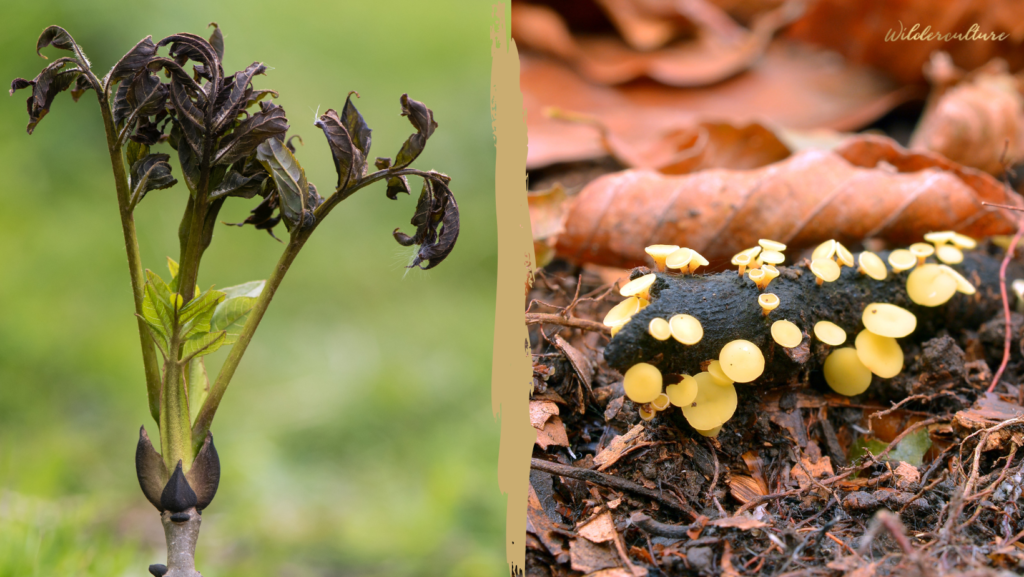
Tree Health
Tree diseases are becoming more common and threatening increasing numbers of species in Britain and across the world. Is this just because trees are being exposed to new pathogens or are there other factors at play? Let’s have a look at some examples from regenerative agronomy to help us explore this question.
There is an expression in Brazil: ‘Either Brazil eliminates the leaf-cutter ant or the ant finishes Brazil.’
Leaf cutter ants are unselective and can devastate a crop like sugar cane overnight. However, not everything gets decimated by the ants. Leontino Balbo, whose family’s estate produces 1/3 of the world’s organic sugar, told me how one day he watched the ants cut up every single leaf that had fallen from a tree in a storm, right next to his crop of sugarcane, which remained untouched.
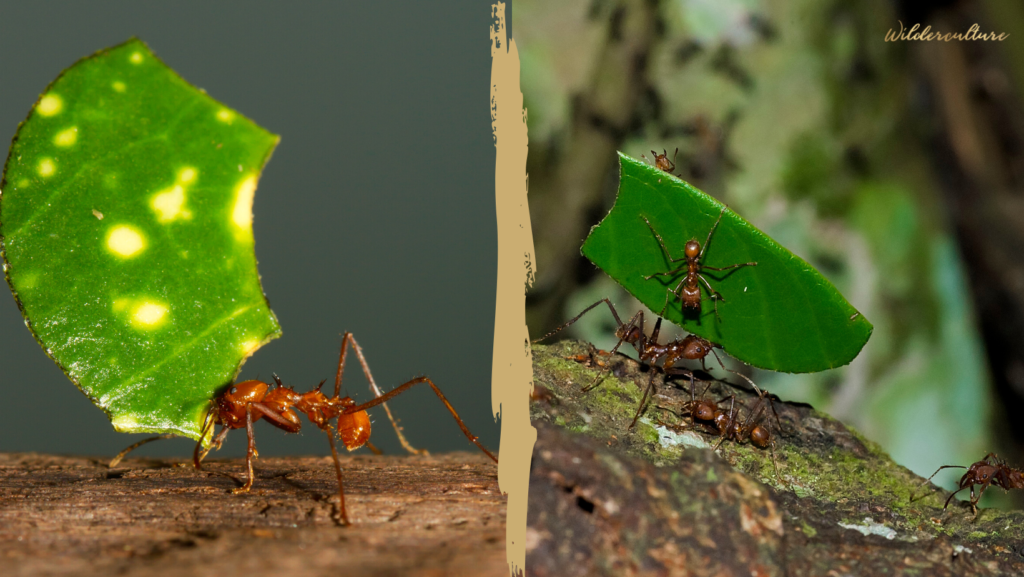
Leontino has dedicated his life to revolutionising sugar growing, creating what he calls Ecosystem Revitalising Agriculture. His crops are so healthy that he now yields more than any of the conventional farmers around him and has very few problems with pests and disease. His techniques have ramped up nature’s dynamic networks to such an extent that solutions spontaneously arise in the environment. For example a particularly problematic beetle that burrows into the stem of sugar cane, 8 years into this new way of farming, started being attacked by a fungus, specific to the species, that up until that point had never been observed on the farm.
Ramping up nature’s dynamic networks results in a more complex ecology that helps control pests and diseases. Just as important however, is what is happening within the plants or trees. Let’s explore how a plant’s physiology alters dramatically when grown in soils with a complex and healthy microbiome.
Just before we look at the soil microbiome let us consider how research demonstrates that plants with access to a complete nutrient profile are able to photosynthesise at a much higher rate – making complete, complex carbohydrates and proteins. These plants are able to resist soil borne pathogens such as phytophthora and predators like the leaf cutter ant, and sap sucking insects like aphids.
Plants that are unable to photosynthesis properly due to a lack or imbalance in nutrition contain high levels of simple, incomplete amino acids and sugars, which are what attracts the likes of aphids and leaf cutter ants.
So when plants have access to a complete nutrient profile they are able to make everything they need, however, plant physiology jumps to a whole other level when plants are grown in a healthy soil microbiome. This is because rather than having to make every protein and carbohydrate from scratch, the plant can absorb complex molecules from microbial metabolites.
This intimate relationship between plants and the soil microbiome saves plants and trees huge amounts of energy, which they store as lipids, creating secondary metabolites. These include substances like essential oils, which are part of what helps plants resistant to all pests and diseases, including airborne fungal diseases like Ash dieback. Plants and trees grown in a healthy soil microbiome also have sufficient nutrients and energy to develop their immune pathways fully, and create oily exudates which prevent pathogens entering.
When we consider the soil microbiome in the context of trees and forests, then we know that the fungal mycelia network becomes a predominant feature. Forests basically could not exist without fungal mycelia acting as the forest internet, moving nutrients, water and information around to the trees that need them.
Trees in our modern landscape
Trees in Britain exist either as small patches of woodland, or isolated in towns and fields. If the field is ploughed then trees’ fungal networks are cut off from each other and the trees suffer root damage. If the field is under agro-chemical based management then it will be devoid of a microbiome. With mature trees this generally leads to a steady decline and death, as described by Isabella Tree in her book Wilding, talking of the great Oaks on the Knepp Estate.
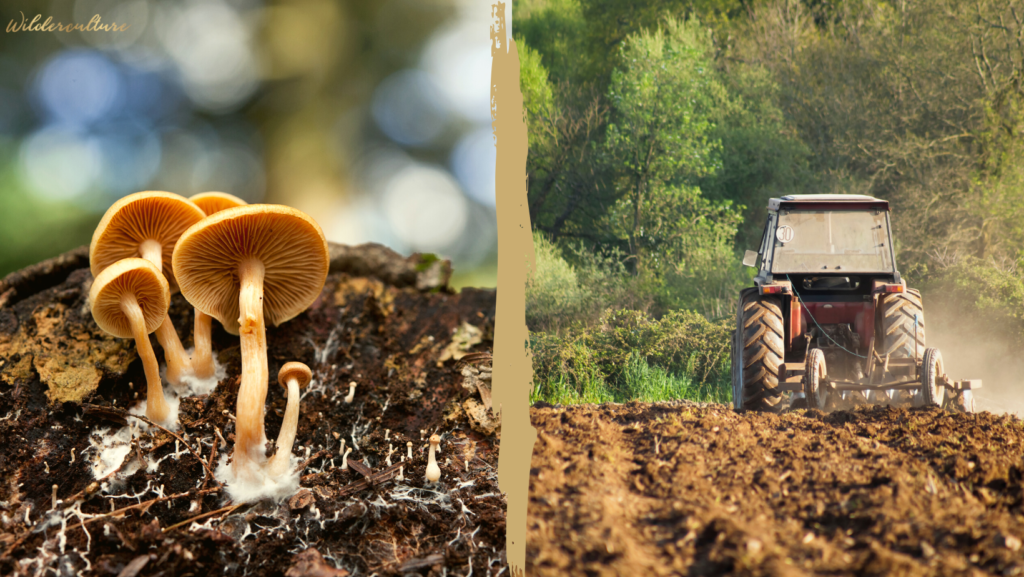
If trees are situated in pastures that is under conventionally managed with set stocking, then it will likely be overgrazed and suffering from soil compaction. Also any livestock present will be given regular prophylactic treatments for intestinal parasites. All this means the soil microbiome and nature’s dynamic networks will be severely degenerated and any trees present will be more susceptible to pests and disease.
All this stuff we are just starting to understand, but what about all the factors we are unable to even fathom because we have simplified our landscape to such an extent? At Wilderculture we have carried microscopic-soil-life surveys in woodlands in Cumbria, in the interest of creating a baseline of what a healthy soil microbiome might look like. However we’ve been surprised by the lack of diversity that we found.
There are so many more factors at play than we can ever hope to comprehend. Just to give one example, Paul Stamets in his book Mycelium Running says;
“We know that bears help old-growth forest ecosystems by fishing salmon and trout from streams.”
The fish carcasses get carried into the forest by scavengers, providing phosphorus, nitrogen and other nutrients essential for tree growth. Perhaps we could say more specifically, that the fish are essential to the complexity of the soil microbiome.
Cross-species diseases – Mange
I spend much of my time in an area of Northwest Spain called Sanabria. One of things that attracts me to this area is the fact that the ecosystem is far more complete than is possible to find in Britain. Red and Roe Deer and Wild Boar are abundant and make up the main prey of the Wolf, and the Wolves have been present here throughout history.
Despite this ecosystem complexity and presence of an apex predator, the ecosystem is not without its problems and pressures. I observed one member of the local Wolf pack last winter, who seemed to spend most of the time scratching. The local wildlife ranger told me it had Mange.
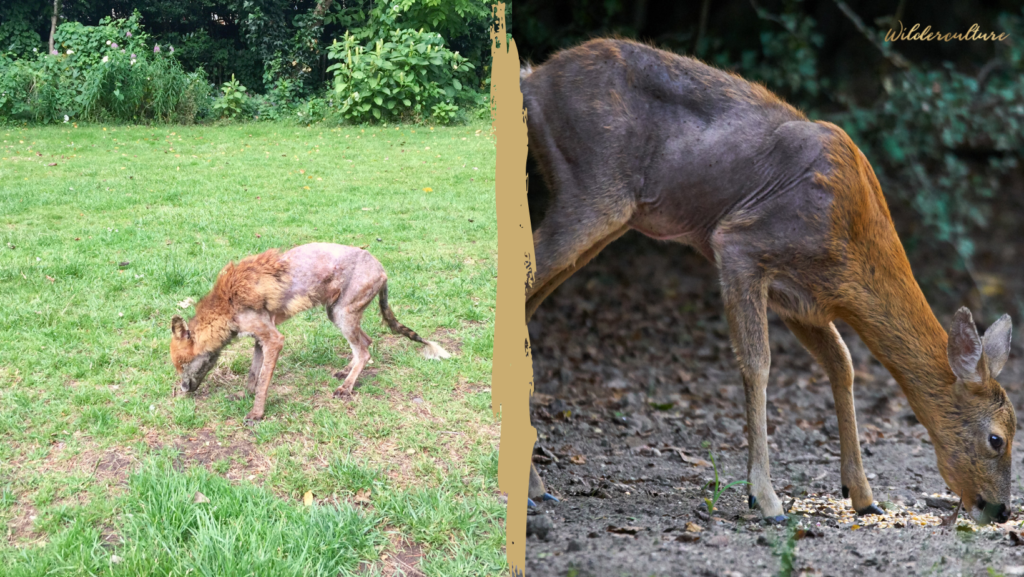
Mange is caused by a tiny mite Sarcoptes scabiei, the female of which burrows under the skin to lay her eggs causing extreme irritation. Mange affects at least 100 different mammals species, including humans (scabies).
Mange has been seen to varying degrees, in two or three Wolves in this pack, while the rest remain unaffected. Also there are no affected animals in the neighbouring pack, despite it being a highly contagious parasite. So mange is endemic in the environment here. When a wolf suffers from Mange they need a lot of food, they will even ignore feeding hierarchies in their desperation to eat enough. Just like plants and trees, a mammal’s physiology can’t work correctly without all the required nutrients.
The ranger however, told me he has never seen mange in the Red Deer and only once in a Roe Deer. He tells me unequivocally that this is due to the presence of the Wolf.
“Where there are Wolves, illness in deer is very rare. Wolves don’t just control numbers, they act as health control too, because they will always kill a sick or injured animal first.”
This region is famous with trophy hunters for the size of deer antlers, as the Wolves push the evolution of the Red Deer to be of greater health and vitality.
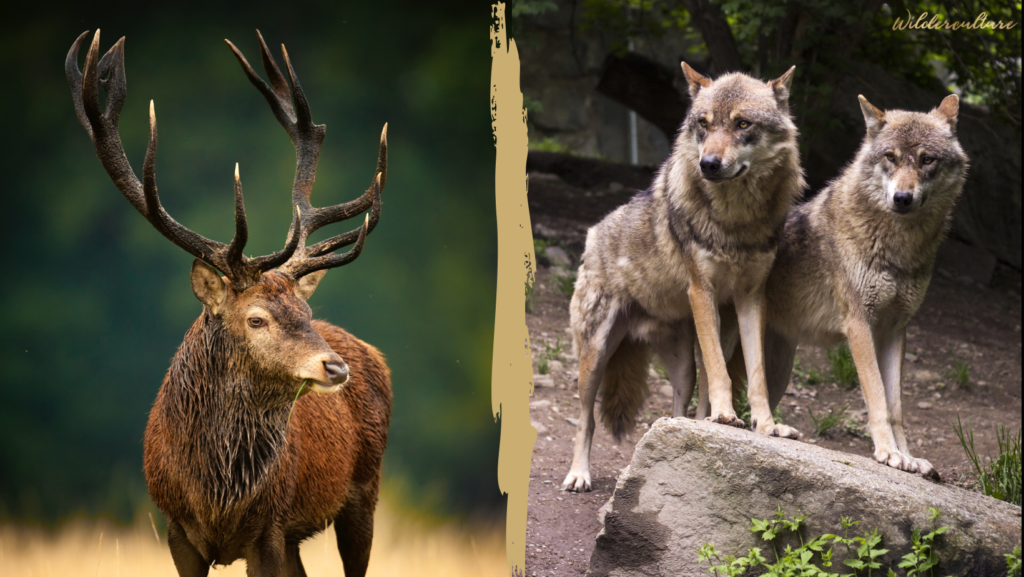
So while the Wolves keep the deer healthy, what about the health of the Wolves? When I witnessed this Wolf being driven mad with mange, it prompted me to search online for nutritional treatments mange in Dogs. I’m always curious as to what deficiencies might be at play. This search, amongst other things, consistently threw up fish oil as a key nutrient. This got me wondering once more about the role of bears in the ecosystem.
The European Brown Bear lived here once, and they are slowly making their way back from the mountains 30 miles to the north. The little stream that runs in the valley below the village is called Trout River. Apparently it used to be stuffed with Trout, but their numbers have also greatly declined. I wonder if in the past, when Trout and Bears were abundant, whether Bears would leave half eaten Trout carcasses lying around where they would become food for the Wolves and forest alike.
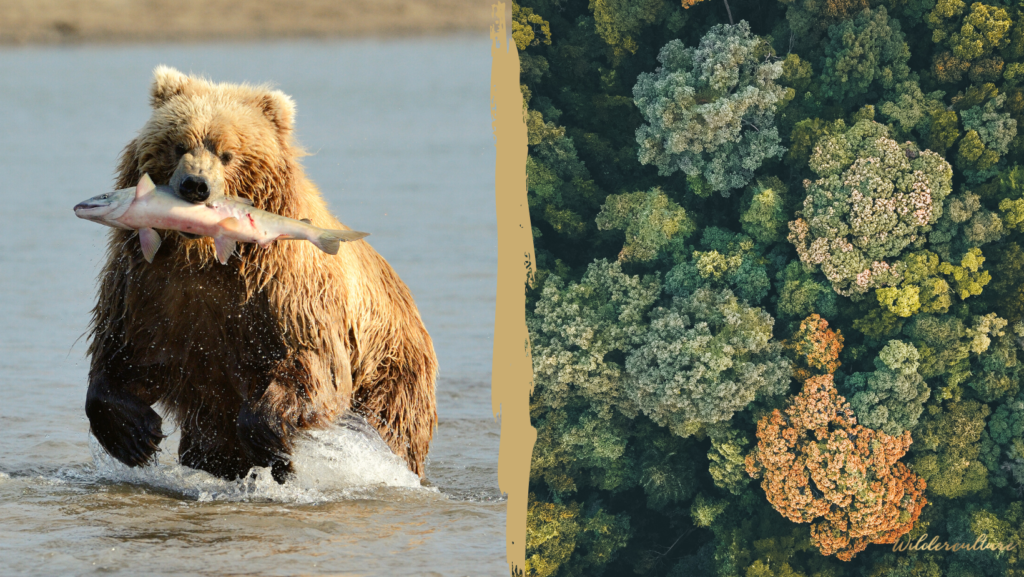
Conclusion
Whatever red flag issue we look at, it always comes down to exploring the ways in which the ecosystem has been simplified and how we can act to foster a return to complexity.
As humans we can choose to act as a conscious keystone species, rather than treating the natural world around us as a resource from which to extract what we need.
If we change how we behave towards our landscape in this way it will benefit all life, including ourselves and how we deal with problems such as Ash dieback with this approach, might look different.


No Comments